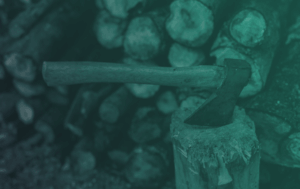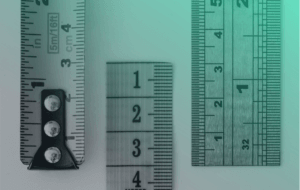
Timeseries Stationarity
This blog post discusses the importance of stationarity in timeseries data when performing analysis or generating forecasts. Non-stationary data can pose challenges for accurate forecasting, but transformations such as differencing, Box-Cox, and Yeo-Johnson can help make data stationary. These techniques can help with effective planning and implementation of energy management policies.










